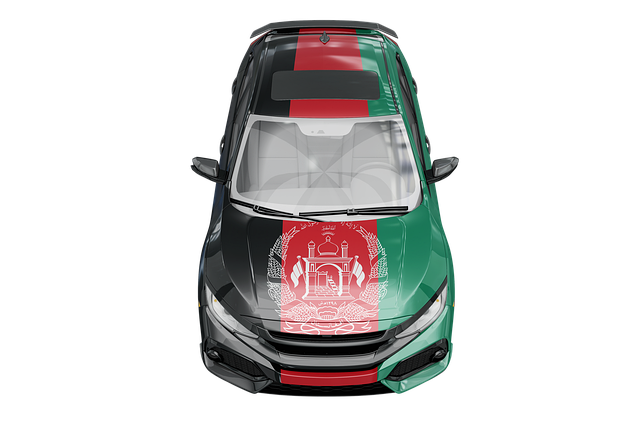How Do Electric Cars Work?
At the heart of every electric car is its battery, much like the powerhouse of your smartphone but way more robust. This battery stores the electrical energy needed to drive the car. Instead of filling up at a gas station, you simply plug in your car to recharge it. Think of it as your car’s way of sipping on an electric energy drink.
Once charged, the battery sends electricity to the electric motor. This motor is like the superhero of the car—it takes the energy and converts it into mechanical power to turn the wheels. Imagine the motor as a magician turning a burst of electricity into the motion you feel when you press the accelerator. It’s smooth, efficient, and doesn’t require the grumbling of a traditional engine.
But here’s where it gets even cooler: electric cars have regenerative braking. This nifty feature allows the car to recapture some of the energy used while braking and send it back to the battery. It’s like having a little extra boost every time you slow down, making your driving experience more efficient.
The electric drivetrain is simple and elegant, with fewer moving parts than a gasoline engine. This simplicity means fewer things can go wrong, and maintenance is generally less of a hassle. No more oil changes or complex engine repairs—just a clean and quiet ride.
Decoding Electric Cars: How They Really Operate Under the Hood
At the heart of an electric car is its electric motor. Imagine it as the powerful engine that propels the car forward, but instead of burning fuel, it runs on electricity. The energy for this motor comes from a large battery pack, which is the car’s lifeline. This battery is akin to a giant power bank, storing and supplying electricity to the motor. It’s the key to an electric car’s efficiency, much like a well-stocked fuel tank is for traditional cars.
But how does this energy actually turn into motion? Think of the electric motor as a magician performing a trick. It converts electrical energy into mechanical energy through a process called electromagnetic induction. When you press the accelerator, electricity flows to the motor, creating a magnetic field that makes the motor’s rotor spin. This spinning motion is what drives the wheels and gets you moving.
Moreover, electric cars are equipped with regenerative braking systems. This feature is like a recycling process for energy. When you brake, the motor switches roles and acts as a generator, converting some of the braking energy back into electricity to recharge the battery. It’s a nifty way to boost efficiency and extend the driving range.
So, next time you see an electric car zooming by, you’ll know there’s a fascinating world of science and technology at play under the hood, transforming electricity into a seamless, smooth driving experience.
From Battery to Wheels: A Deep Dive into Electric Car Mechanics
Let’s start with the battery. Think of it as the heart of the electric car. Just like how a heart pumps blood to keep you moving, the battery stores and supplies energy to power the car. These batteries are usually lithium-ion, known for their long life and quick charging capabilities. They are hefty, but this mass is essential as it holds enough energy to keep the wheels turning for a significant distance.
Now, what about the wheels? Well, in electric cars, the wheels are powered by electric motors. Unlike traditional engines that rely on burning fuel, electric motors convert electrical energy from the battery into mechanical energy. It’s like turning a light switch on and off: a quick burst of electricity results in smooth, powerful movement.
The magic doesn’t stop there. Electric cars often use a sophisticated system of gears and a drive train to ensure that the power from the motor is efficiently transferred to the wheels. This setup not only makes the car more responsive but also increases its overall efficiency. Imagine you’re in a dance competition where every step is crucial; the drive train ensures every step you take is perfectly in sync with the music.
In essence, the harmony between the battery, motor, and drive train creates a seamless, exhilarating driving experience. Each component, from the silent hum of the motor to the steady push of the wheels, plays a role in redefining how we think about driving.
The Science Behind Electric Vehicles: How Do They Drive?
Electric vehicles operate on a principle that’s both sleek and efficient. At the heart of an EV is its electric motor, which functions as the powerhouse driving the car. Unlike conventional engines that rely on burning fuel, an electric motor uses electrical energy stored in batteries. Think of it like comparing a blender to a traditional coffee grinder—the blender runs on electricity, making it quieter and smoother compared to the noisy, gritty grinder.
The process starts with the battery, which is akin to a high-tech energy reservoir. These batteries store electrical energy and feed it to the motor. When you hit the accelerator, the motor converts this electrical energy into mechanical energy. Imagine the battery as a wellspring of power, and the motor as a dynamo that transforms this power into motion. This conversion happens through a process called electromagnetism, where electric current generates a magnetic field, turning the motor’s rotor and propelling the vehicle forward.
Regenerative braking is another cool trick up an EV’s sleeve. When you brake, instead of wasting the energy as heat (like in gas-powered cars), the electric motor works in reverse, converting the car’s kinetic energy back into electrical energy and recharging the battery. It’s like a never-ending cycle of energy efficiency!

Electric Cars Explained: Understanding the Technology That Powers Your Ride
At the heart of an electric car is its battery, a bit like the fuel tank in traditional cars but way more advanced. Instead of gasoline, electric cars use a large lithium-ion battery pack. Think of it as the car’s energy reservoir, holding a charge that powers an electric motor. This battery works similarly to the ones in your smartphone but on a much grander scale.
Now, let’s talk about the electric motor itself. This component is where the magic happens. Unlike a gas engine, which relies on combustion, an electric motor uses electromagnetic fields to generate motion. It’s like a magician pulling a rabbit out of a hat—except the rabbit is your car’s wheels. This motor is efficient and has fewer moving parts than a traditional engine, which means less maintenance for you.
Charging an electric car is another fascinating aspect. Instead of visiting a gas station, you plug your car into an electric outlet. It’s like charging your phone but with a much larger battery. The time it takes to charge can vary depending on the type of charger you use, but fast chargers can give you a significant boost in just a short period.

